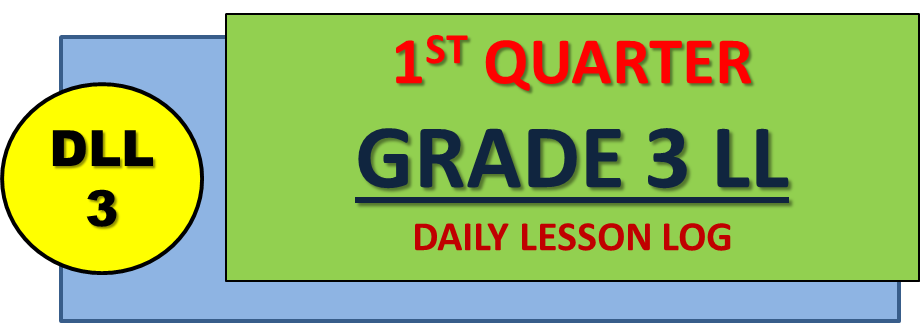In every
Filipino teacher's heart resides an unyielding ardor for education, a
dedication to melding young minds, and an unshakable commitment to serving the
nation. Their journey is not merely a profession; it's a vocation of nobility,
a testament to resilience, and a beacon of hope for generations yet to come.
As a
Filipino teacher myself, I've trodden this path, replete with its challenges
and triumphs, hardships and joys. Allow me to lead you through the life of a
Filipino teacher in the Philippines.
Let's begin
by sketching the classroom—the stage where our mission unfurls. Our classrooms
may not always boast expansiveness or top-tier equipment, yet they overflow
with zeal, inquisitiveness, and the eager countenances of our students. Armed
with limited resources, we improvise, innovate, and extract the utmost from
what we possess. We metamorphose mundane spaces into vibrant hubs of learning,
where knowledge isn't just disseminated but experienced.
However,
our journey extends beyond the classroom's confines. We navigate a terrain rife
with socio-economic hurdles, where poverty and inequality loom large over our
students' futures. Many hail from underprivileged backgrounds, confronting
obstacles that appear insurmountable.
Yet, we
adamantly refuse to let circumstances script their destinies. We morph into not
just educators but mentors, advocates, and sometimes, even surrogate parents,
offering guidance, encouragement, and a glimmer of hope amidst the gloom.
The odyssey
of the Filipino teacher is characterized by sacrifice and selflessness. We
often find ourselves donning multiple hats—educator, counselor, administrator,
and community leader—all while grappling with paltry salaries and hefty
workloads. Despite the tribulations, we soldier on, propelled by a profound
sense of purpose and an unwavering love for our students and country.
Our journey
is also punctuated by perpetual learning and evolution. In a swiftly changing
world, we acknowledge the significance of staying abreast of the latest
teaching methodologies, technologies, and global trends. We partake in
workshops, seminars, and training sessions, eager to refine our skills and
broaden our horizons. We embrace innovation, integrating novel tools and
techniques to render learning more captivating, interactive, and substantive.
Yet, amidst
the struggles and hardships, there exist moments of unadulterated bliss and fulfillment
that render it all worthwhile. There's naught comparable to witnessing a
student's countenance alight with comprehension, the resounding applause
following a successful performance, or the heartfelt gratitude of parents whose
children have surmounted obstacles and attained success. These moments serve as
poignant reminders of why we've chosen this path, why we persist, and why we believe
in education's transformative potency.
Our journey
as Filipino teachers isn't bereft of frustrations and disappointments. We
grapple with bureaucracy, red tape, and antiquated policies that impede rather
than facilitate learning. We yearn for enhanced support, resources, and
acknowledgment from the government and society at large. Nonetheless, despite
the hurdles, we remain resolute in our commitment to our students and our
mission. As Filipino teachers, we take pride in our role as nation-builders, sculpting
the future of our beloved country one student at a time. We harbor faith in
the potential of every child, irrespective of their background or
circumstances. We endeavor to instill in them not solely knowledge and skills
but also values of integrity, compassion, and resilience. We embolden them to
dream big, to aspire for greatness, and to contribute meaningfully to society.
Ultimately,
the life of a Filipino teacher stands as a testament to education's power to
metamorphose lives and uplift communities. It's a voyage replete with
challenges, sacrifices, and triumphs, but above all, it's a journey fuelled by
hope, passion, and an unwavering belief in the possibility of a better future.
So, the next time you encounter a Filipino
teacher, take a moment to appreciate the noble journey they've embarked upon.
Behind the wearied countenances and fatigued smiles lies a heart brimming with
love, dedication, and an ardent yearning to effect change. And in that simple
act of recognition and appreciation, you become a participant in our journey, a
comrade in our mission, and a torchbearer of education, illuminating the path
to a brighter tomorrow for all.










